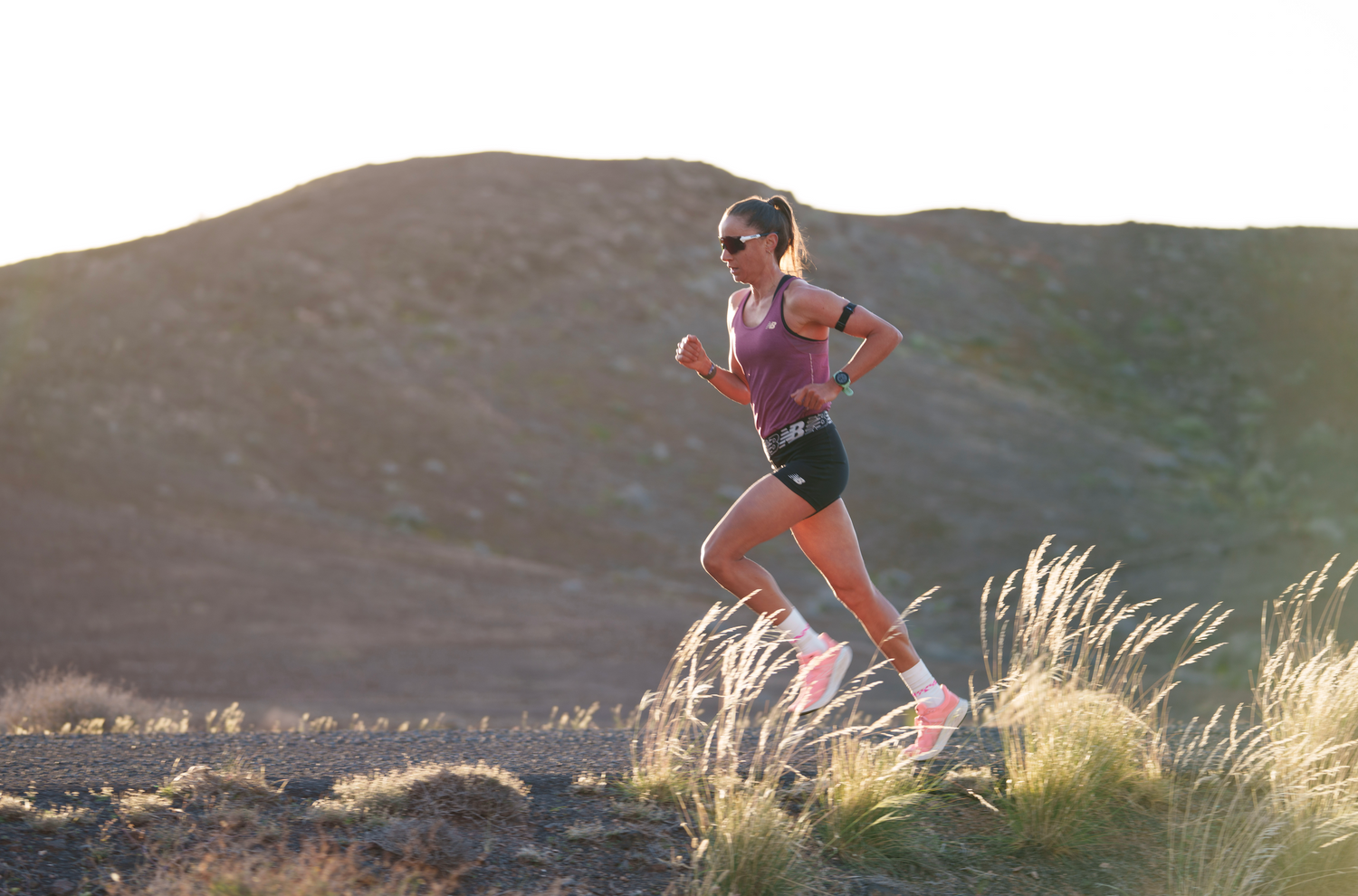What's your starting line?
phases of using LEVER
Graph
Phase 1 - Return
Phase 2 - Build
Phase 3 - Increase
Phase 4 - Optimize
At LEVER Movement, we understand that returning to your optimal running performance after an injury requires a structured approach. Our phased recovery and performance program is designed to support you every step of the way. From initial recovery to peak racing condition. Here’s how we guide you through each phase.
Follow a protocol from us or from your PT to come back from your achilles tendinopathy, plantar fasciitis, knee pain, shin splints, stress fracture, etc
Get back to where you were with confidence and a plan.
What are you working on?
- Speed
- Increased volume (double runs)
- Recovery
- Consistent training blocks
Race specific workouts, double threshold runs, taper and recovery strategy
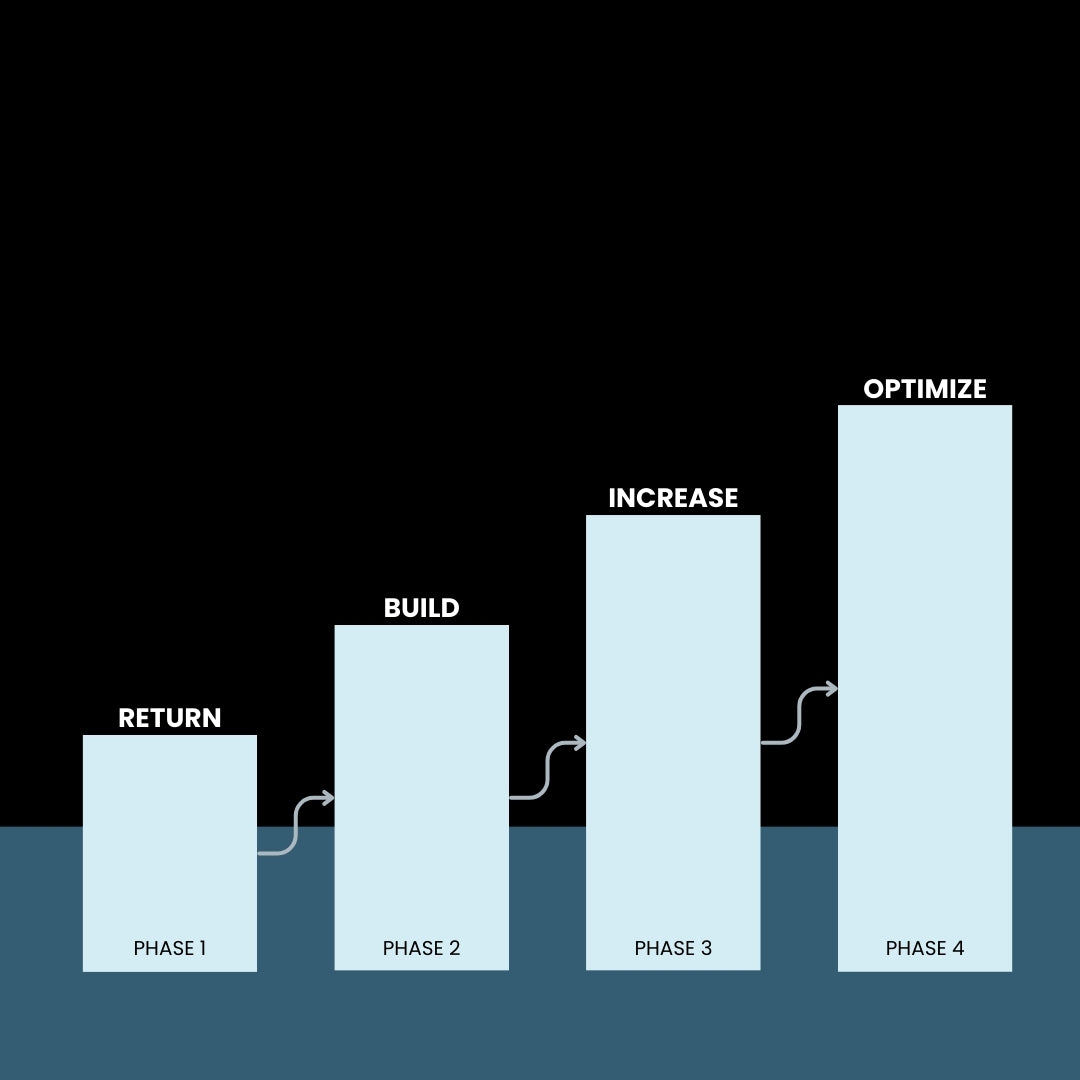
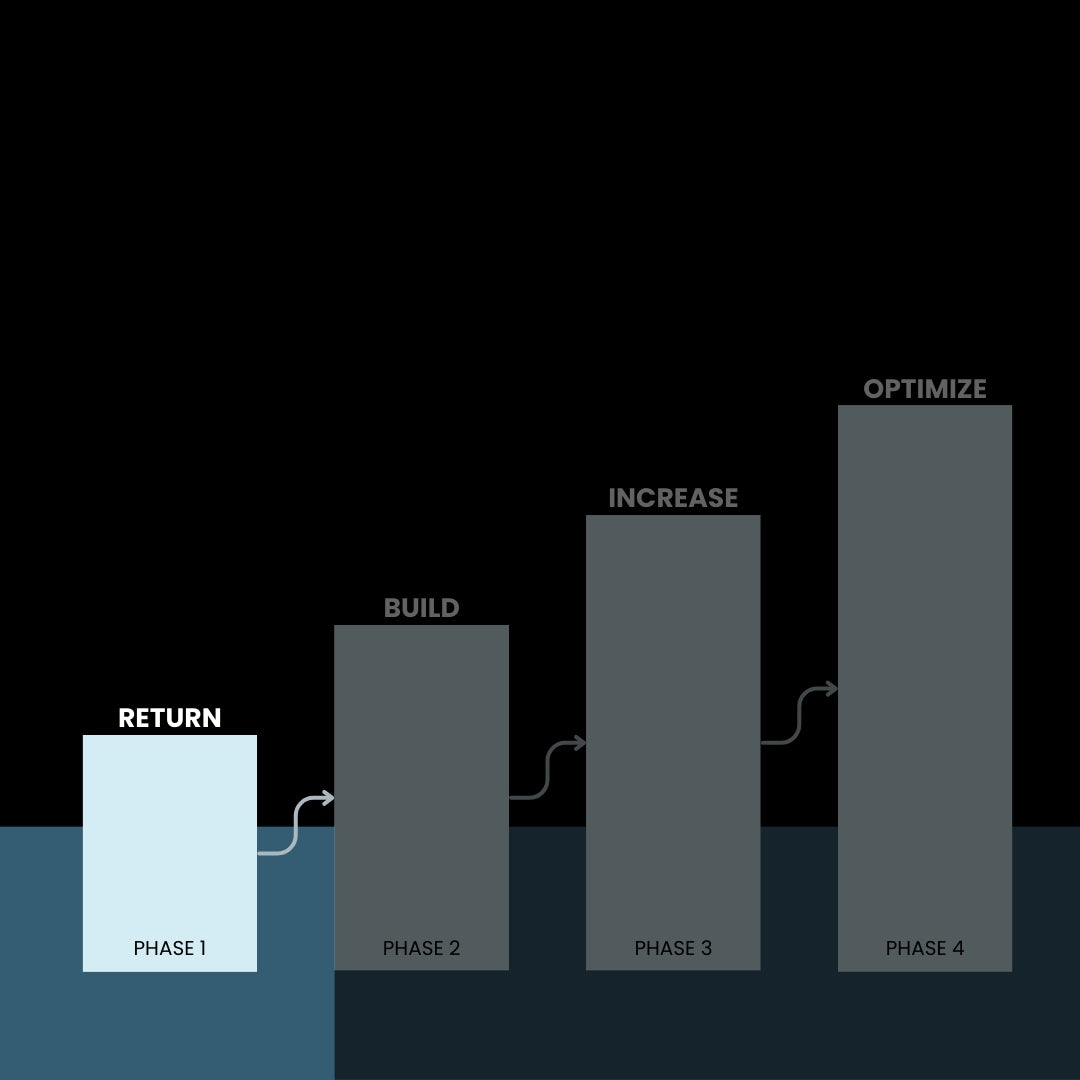
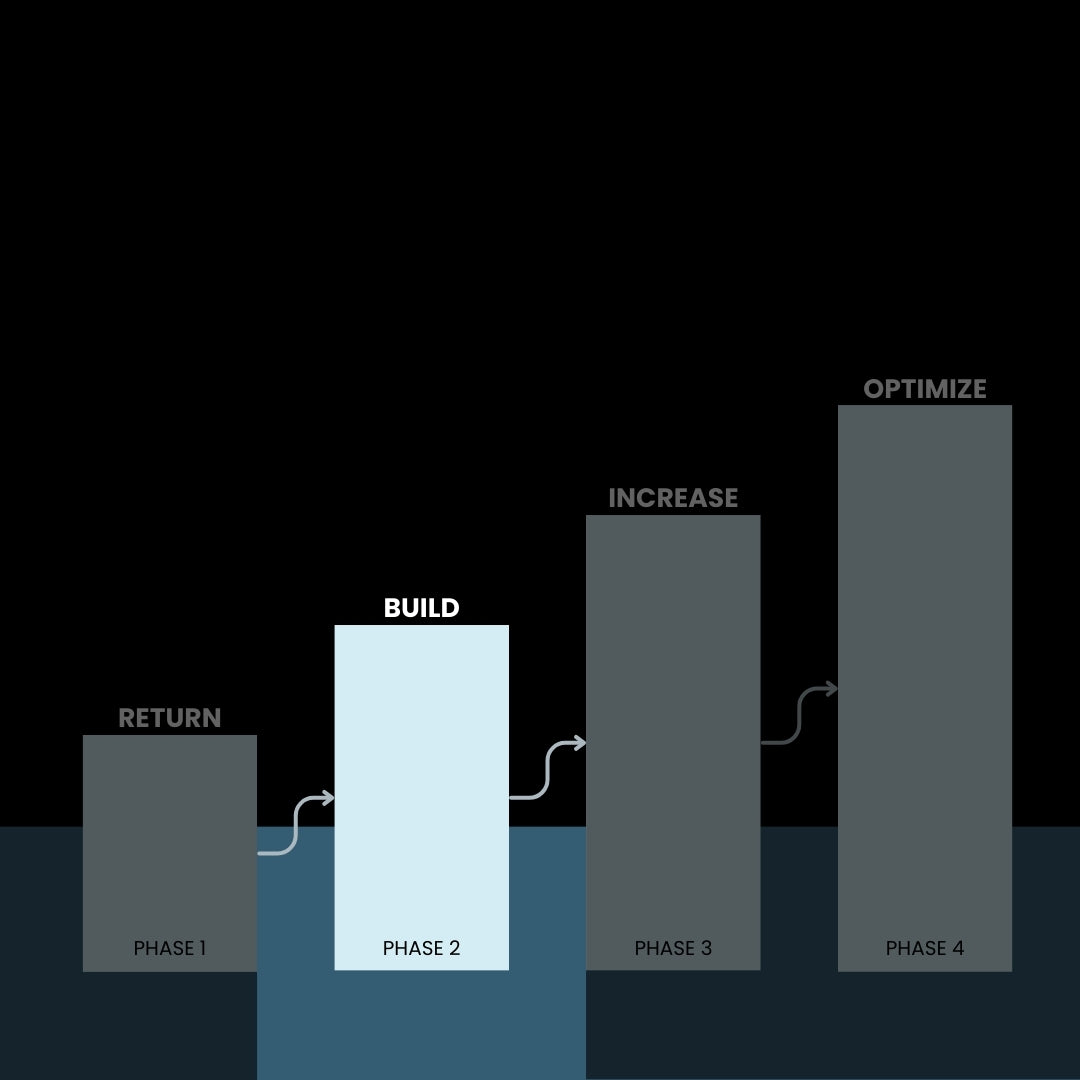
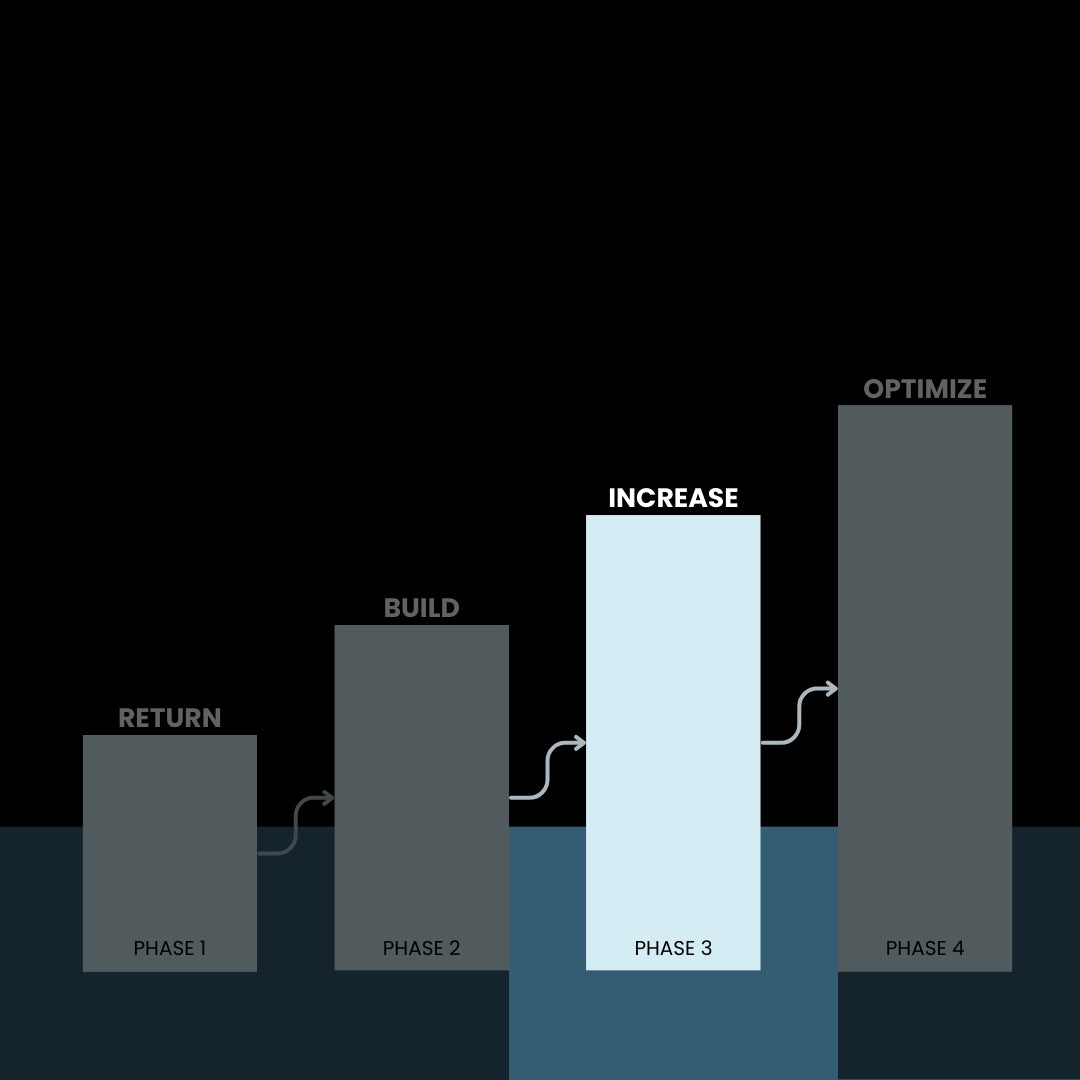
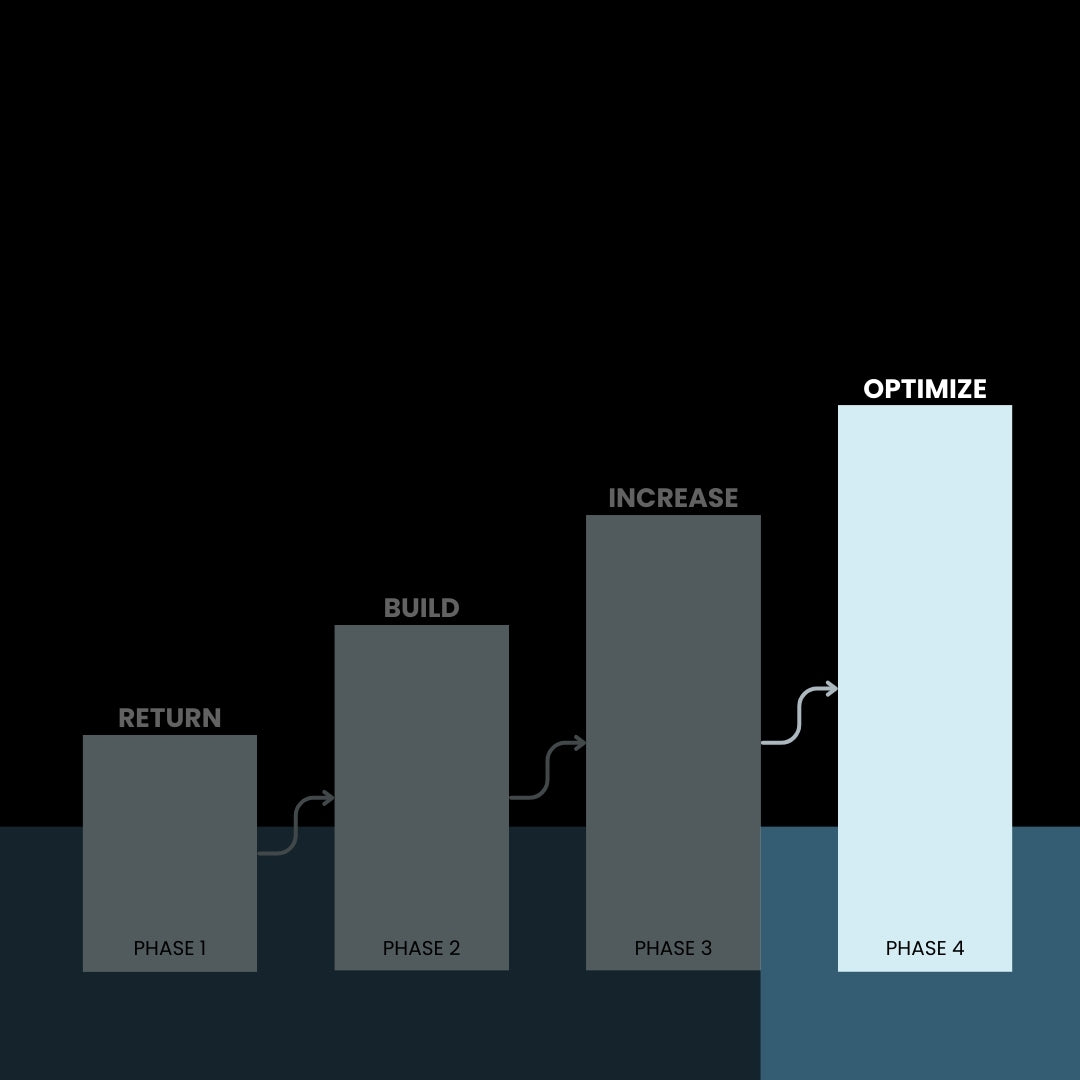
ReturnING from injury
Begin your comeback with a recovery protocol, either from LEVER or your physical therapist. This phase is designed to help you understand your injury and safely overcome common running injuries. Our body weight support systems allow users to take up to 45 pounds off their body weight. Starting back to running after injury can be scary, let us support you.
Pro Tip: Most tendons and bones need load to continue recovering. LEVER offers the safe, controlled environment your tendons and bones need to begin repairing.
Plantar Fasciitis
Plantar fasciitis is a common condition that affects the heel and underside of the foot, characterized by sharp pain that is often most intense with the first steps in the morning or after periods of rest. It's caused by inflammation of the plantar fascia, a thick band of tissue that runs across the bottom of your foot and connects your heel bone to your toes. Runners are particularly susceptible due to repetitive impact and stress on the foot, which can lead to micro-tears in the plantar fascia, especially without proper footwear, inadequate stretching, or overtraining.
- It is estimated that approximately 1 million patient visits per year are due to plantar fasciitis. Plantar fasciitis accounts for about 10% of runner-related injuries and 11-15% of all foot symptoms requiring professional care.
Achilles Tendinopathy
Achilles tendinopathy is a condition marked by pain, swelling, and reduced function of the Achilles tendon due to overuse or repetitive strain, leading to microscopic tears. It primarily affects athletes, especially runners, and is classified into non-insertional (middle of the tendon) and insertional (where the tendon attaches to the heel) types.
- In a Dutch study, researchers found that 1 in 3 runners that had new onset Achilles Tendinopathy still had pain a year later.
Runners Knee
Medically known as Patellofemoral Pain Syndrome, this is characterized by pain around the front of the knee and the patella, or kneecap. It's common among athletes, particularly those who participate in sports that involve a lot of running and jumping.
Shin Splints
Also known as Medial Tibial Stress Syndrome, shin splints cause pain along the inner edge of the shinbone (tibia). This condition is common among runners, dancers, and military recruits, and it's usually the result of repetitive stress on the shinbone and the tissues attaching the shinbone to the muscles surrounding it.
Stress Fracture
Stress fractures are small cracks in a bone that typically occur from overuse, such as from the repetitive force often experienced by endurance athletes. They are particularly common in the bones of the lower leg and foot. Factors that increase the risk of stress fractures include sudden increases in physical activity, intensity, or duration, as well as inadequate nutrition, especially a lack of calcium or vitamin D. Symptoms often include pain that intensifies with activity and diminishes with rest, and there may be swelling at the site of the fracture. Early diagnosis and treatment are crucial to prevent further injury, typically involving rest and a gradual return to activity.
ITBS (Iliotibial Band Syndrome)
ITBS, or Iliotibial Band Syndrome, is an overuse injury of the connective tissues that are located on the outer thigh and knee. It is one of the most common causes of knee pain in runners and cyclists. The iliotibial band (ITB) is a ligament that runs along the outside of the thigh from the hip to the shin. ITBS occurs when this band becomes inflamed, which can cause pain and swelling. The pain typically occurs just above the knee joint and often worsens with continued activity. Treatment generally includes rest, ice, and compression, along with stretching and strengthening exercises for the hip, thigh, and core muscles.
Keep injuries behind you
Offloading during your return to run helps to keep you progressing in the right direction pain free. But, once you're ready to start building back to pre-injury mileage, don't forget to keep offloading 2x-3x per week in this Build phase.
"I started using the lever system as a way to add in running volume while doing it more purposefully. I could actually temper how much weight I was loading on my tendon as it was kind of getting used to the pounding of running, which was absolutely game changing."
- Hillary Allen, Professional Ultra Marathoner
Pro Tip: When you're ready to start reintroducing workouts into your training, do these faster sessions unloaded while your recovery runs are done outdoors.
Performance phase
How to use LEVER for performance
Regularly using body weight support can significantly enhance your fitness by allowing for higher intensity and longer duration workouts with substantially reduced risk. This is ideal for athletes who are looking to get the most out of their bodies on race day, while reducing the risk of injury in the process. To be race ready, you need to be healthy. Healthy, sustainable, consistent runners are fast runners.
Increase run volume
LEVER can be strategically used to increase your training load past the volume that used to lead to breakdowns.
How to incorporate LEVER:
- Split Long Runs: Divide weekly long runs between outdoor sessions and LEVER supported runs. This allows for increased total mileage while managing fatigue more effectively.
- Double Sessions: Plan double running days with one session outdoors and one on the LEVER system. This structure helps in building endurance while protecting the joints and muscles from overuse.
- Increase Recovery Run Volume: Easy run volume (Zone 1 and 2) is crucial in building up fitness. Increase your recovery run volume by adding a couple of LEVER miles to each session.
"The first time I used LEVER, it completely transformed my training routine. Imagine powering through a 22-mile run and waking up the next day not just ready, but eager, to hit the ground running again. Gone are the days of those grueling 48-hour recoveries. With LEVER, it feels like I’m effortlessly gliding on clouds. My mileage has significantly increased, and I've never felt fitter or more prepared. LEVER hasn't just changed my training; it's revolutionized it.” - Jeans Ortiz Marathoner & Coach
"When I say we're running 115 miles, it's 115 miles in 9 days for some of our guys. 20 of those miles are on the Lever. It's not because they aren’t healthy and they are coming back from an injury. It's because we know it's going to keep us healthy.” - Cory Leslie, Head Coach UA Mission Run Distance Team
Overspeed Workouts
Overspeed workouts on the LEVER system facilitate running at speeds greater than your typical outdoor workout paces. This leads to enhancing neuromuscular adaptation and improving overall speed. Research shows that by reducing 10% of your body weight, you can run ~30 seconds per mile faster at the same heart rate and effort.
How to incorporate LEVER for Overspeed:
- Speed Enhancement: Conduct overspeed training sessions once a week to improve speed without additional impact stress.
- Session Guidelines: Start with shorter durations and gradually increase as the athlete's body adapts to higher speeds to optimize performance gains while maintaining safety.
"In general, our athletes have developed a lot aerobically because of utilizing the lever and we have eight athletes right now using it. With that group specifically, we've just been able to get in a lot of really, really high-level aerobic work, keep it in the right parameters, make sure it's truly something that's going to help you develop aerobically.” - Tom Brumlik Head coach UA Mission Run Baltimore 800m Team
Double Threshold Workouts
Double threshold workouts are for experienced athletes looking to take their fitness to the next level. However, increasing intensity work has high injury risk associated with it. If you're looking to add double thresholds to your training plan, offloading one of these threshold runs is a great way to introduce this training method. LEVER can support one of these high-intensity sessions, allowing athletes to train intensely twice in one day while minimizing some of the training load.
How to incorporate LEVER into Double Threshold Days:
- Morning and Evening Sessions: Schedule one high-intensity outdoor threshold session in the morning and another threshold session in the evening. This evening threshold run is the perfect time to incorporate LEVER.
- Balanced Intensity: Start by using LEVER for the more physically demanding session to let your body adapt to this training over time.
Recovery Runs
Reduce the ground reaction forces on your recovery runs by running unloaded. Not only will your legs thank you, but you'll be able to run at a faster pace for these easier days.
How to incorporate LEVER for Recovery:
- Post-Workout Recovery: Implement LEVER recovery runs after high-intensity workouts to enhance blood circulation and reduce muscle soreness. This can be effective in shortening recovery time.
- Regular Integration: Include LEVER recovery runs routinely in training schedules to ensure ongoing muscle recuperation and readiness for subsequent high-intensity sessions.
"When I am not injured, I use the LEVER system once or twice a week which allows me to keep my run volume up but have less impact on my legs. A win, win situation." - Flora Duffy Pro Triathlete & Olympic Gold Medalist


